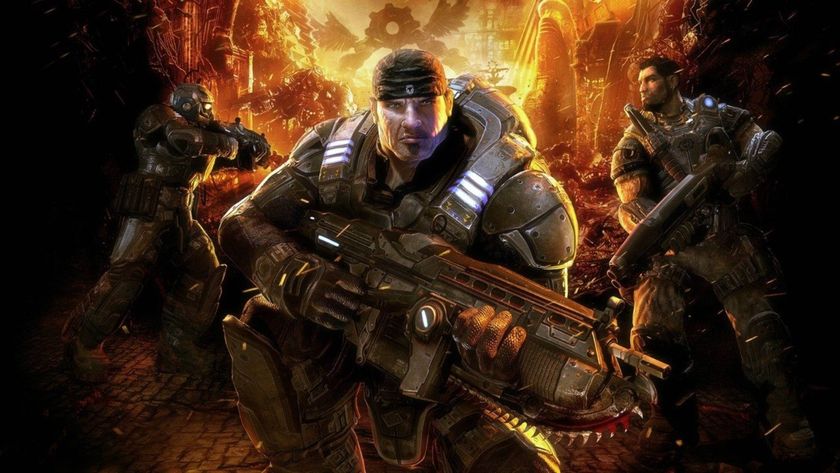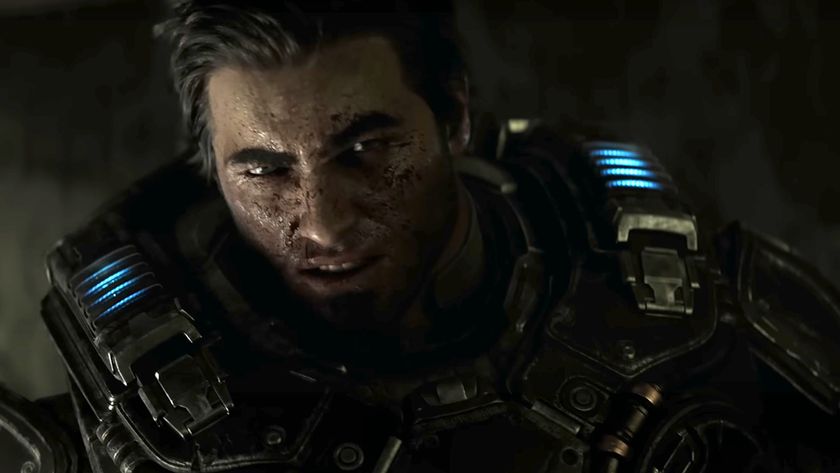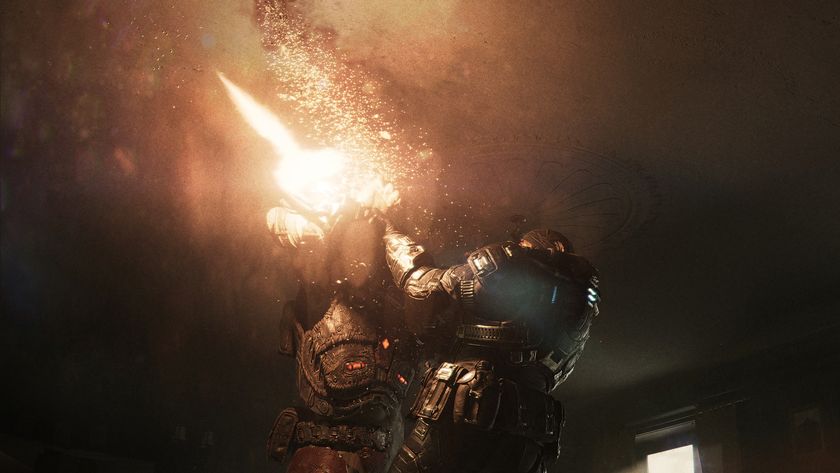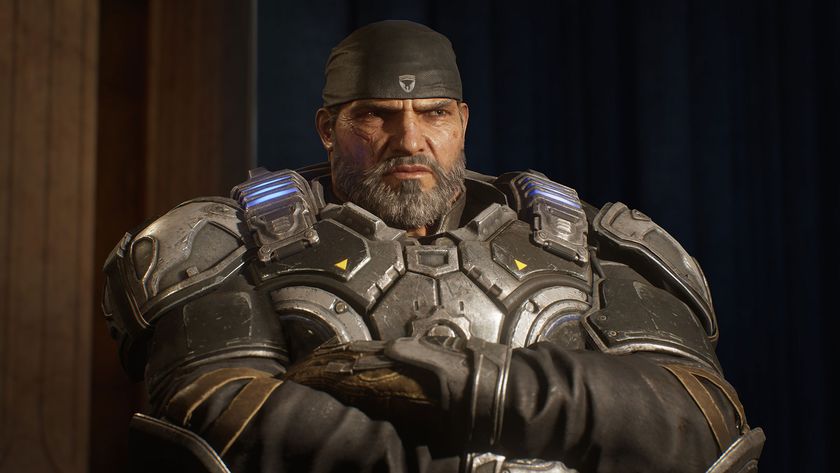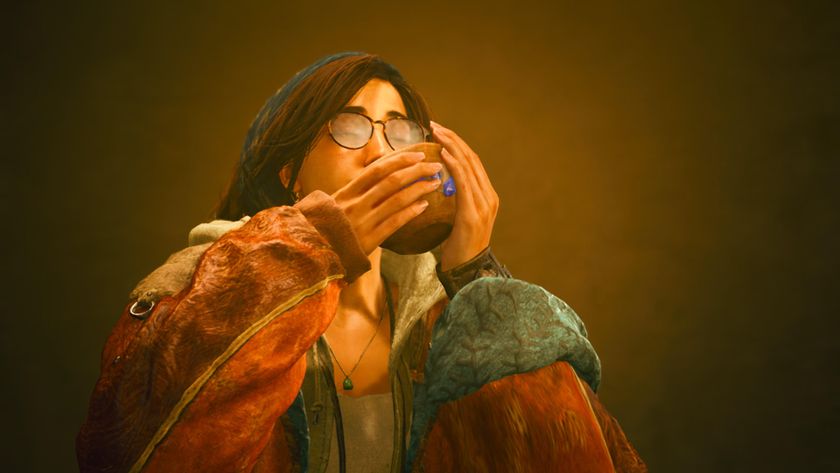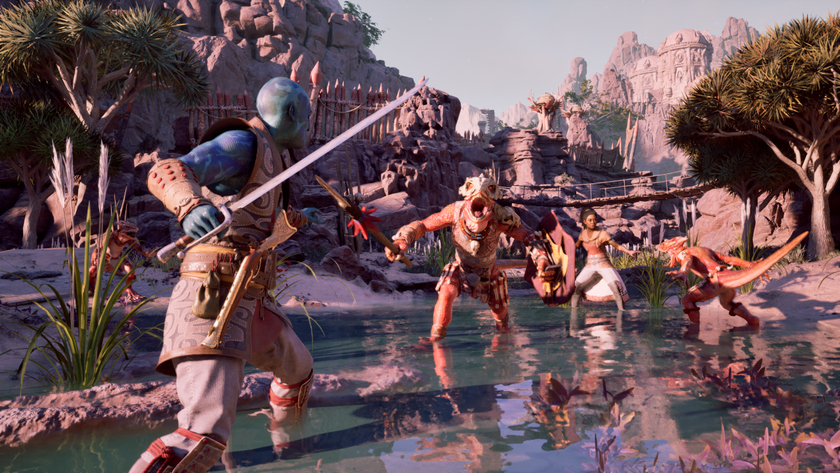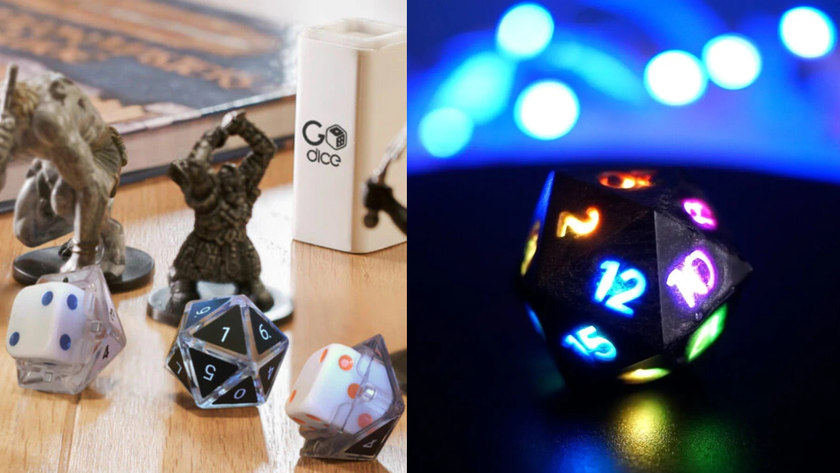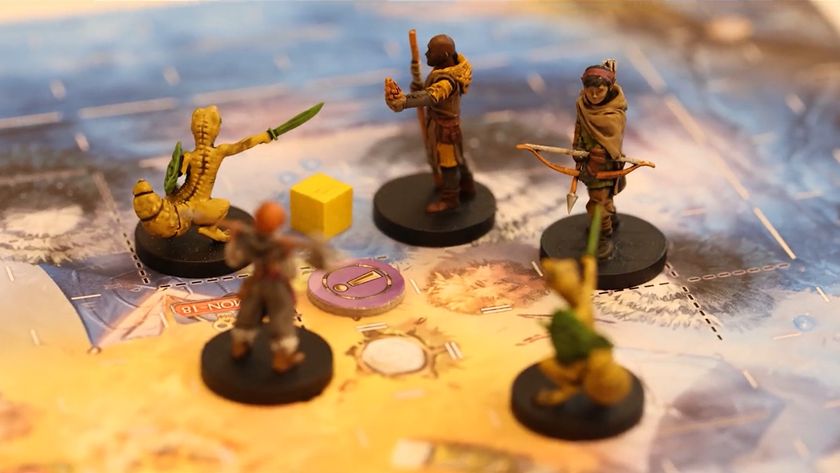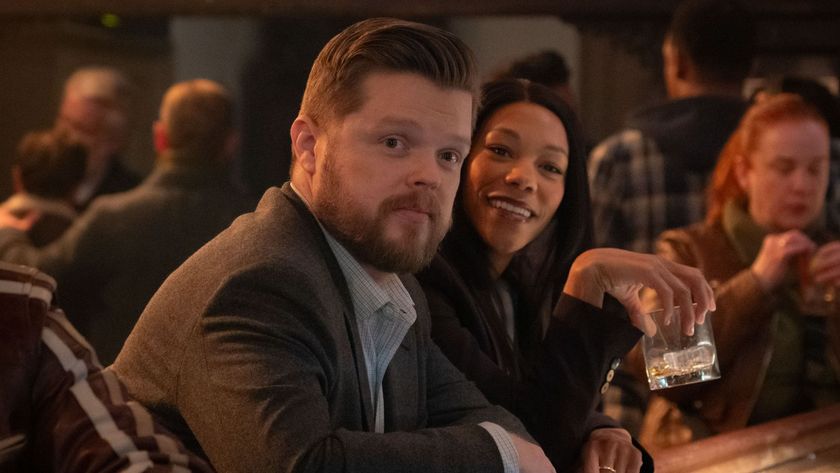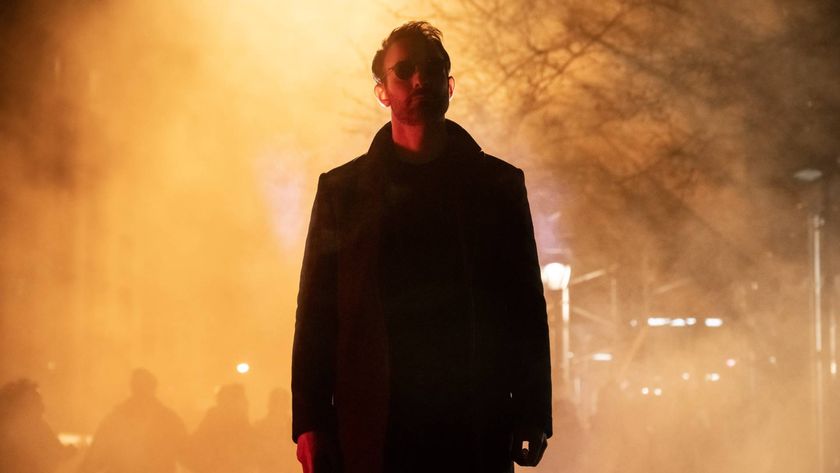Why Gears of War 3 is the Spider-Man 3 of video games
Gears of less-is-more
I had a weird reaction upon finishing Gears of War 3. A sense of deflation, as if I was still waiting for the game to grab me like the first two had, even as the credits rolled. I’d had a good time, but something was definitely missing. Something important. Then it struck me. I felt exactly like I did after I’d seen Spider-Man 3. And then I realised that Gears 3 shares a hell of a lot of the same failings with that much-maligned Spidey threequel. In fact, in terms of mistakes, they're pretty much the same thing in different media. So I decided to write it down. And here it is.
SPOILER WARNING
One word of advice though, before you start reading. I'm not holding back on the spoilers. To do this article properly I need to discuss Gears 3 from start to finish. I'd advise you to back off now unless you've finished the game or just plain don't care.

It’s the last part! Throw everything in!
There are two ways to do a continuous narrative in a trilogy. Firstly, you can take the sober, restrained approach and create a coherent, cohesive piece which manages to be epic yet intellectually satisfying at the same time. See Back to the Future or Lord of the Rings for examples of this. Secondly, you could just panic because the thing is about to end, and run around collecting together every idea you’ve ever had for it and stuff them all in as a knee-jerk reaction to your story’s imminent finish.
See Spider-Man 3, Pirates of the Caribbean, The Matrix and now Gears of War 3 for evidence of this one.
Yep, Gears 3 is a mess in places because it just doesn’t know when to hold back. As a result it lets down its precursors in exactly the same ways that Spidey 3 let down the films that led us to have so much hope for it. In fact the Gears and Spider-Man series’ have exactly the same quality arc. Both started with an impressive, barnstorming entry which turned heads and caught the imagination for all the right reasons, but which left plenty of scope for development. Both got a sequel which deftly expanded and evolved both drama and action in exactly the right ways while remaining completely coherent with the original entry.
Above: Just in the recap trailer, you can see the scale of the trilogy crank up exponentially
And then, just as a brilliant part three seemed an inevitability, both followed up with a fairly bloated, unfocused sequel that found itself flailing through too many ideas and narrative threads to give any of them a worthwhile treatment. Neither seemed to realise that it’s possible for something to be too flashy and too epic, and when a work in any medium crosses that line, it runs a serious risk of alienating its audience.
Sign up to the 12DOVE Newsletter
Weekly digests, tales from the communities you love, and more
But if that’s the chief cause, what are the symptoms? Well…
Too much scale, not enough focus
This one is partly due to feature-cram, partly due to last-minute narrative-cram, but the effects are similar across the board. On the gameplay side, I can’t help but feel that the inclusion of four-player co-op, increased from the two-player option of the previous games, has had a detrimental affect on Gears’ overall feel and flow. I find it really interesting that Cliff Bleszinski was rather vocal about the reasons not to put four-player co-op in Gears of War 2. Speaking back in 2008, he explained:
“It was never something that was in a state of flux. It was always two players. Being narrative and story-based it's not a clone of Marcus Fenix, it's Dom. And that's always player two. And once you start with three or four players the game is no longer about the narrative, it's about shooting shit. And therefore we said let's do that in Horde”

Above: Notice how there's so much going on that none of it stands out? That's a metaphor right there
So Horde mode was created as a way of accommodating more than two players without wrecking the narrative and gameplay balance of the campaign. Interesting that such a rapid about-face happened with Gears 3 then. And I can’t help but feel that Cliff was right the first time. Personally, I feel that Gears 3 does suffer for the inclusion of four-player co-op. The tight, tactical focus of the first two games is greatly reduced, with an air of all-out carnage replacing the thoughtful viscerality that made me love Gears 1 and 2. In fact a lot of Gears 3’s skirmishes do indeed feel like playing Horde mode with bots, rather than taking part in a structured, well-paced campaign.
Yes, on a level of pure action-driven spectacle, Gears 3 is an unadulterated, explosive war movie, but it just doesn’t feel as satisfying to play. The principle is the same for movies as well. Too much scale, too much flash-bang, too many set-pieces, and you start to feel overwhelmed and disconnected. The over-cooked fight scenes of the Matrix sequels caused the same problems, and Spider-Man 3’s torrent of vast set-pieces helped its narrative issues in no way. As for Bleszinski’s previous narrative reservations in regards to four-player co-op, I certainly agree with 2008 Cliff over 2011 Cliff. Because in addition to the problems I had with the action, Gears 3 suffers a serious case of…
Too many characters, too little involvement
More players requires more playable characters. That’s a given. When you have a game tied to a storyline, you alas can’t just drop in or pull out additional character models as required like we could in the days of Contra. And while Gears 1 and 2 often featured more characters than Marcus and Dom by way of the rest of Delta Squad, for me, Gears of War 3 goes way over the top.
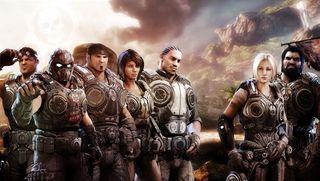
Above: A lot of people, barely any of whom matter
The great thing about standardising the four-man squad/two playable squaddies system in the first two games was that it left enough breathing space for Cole and Baird to disappear off to explore parallel story elements. The game was balanced for two players, so Marcus and Dom weren’t negatively affected by their occasional absences in the name of narrative richness.
In Gears 3 though, the provision for four players means there have to be at least four characters around at all times. And there are often more, as each time characters branch off from each other to explore additional locations and plot threads another four-person squad is needed. Thus we end up with a protagonist version of Spider-Man 3’s villain overload. With Sandman, Harry-Goblin and Venom all vying for screen-time, along with the symbiote suit plot-line and all of Peter’s emotional difficulties to compete with, hardly any person or story element in Spider-Man 3 gets time for a satisfying exploration. In Gears 3, we have Marcus, Dom, Cole, Baird, Anya, Sam, Jace, Adam, Hoffman, Bernie, Carmine, Dizzy and Prescott thrown into the mix, and as a result, most of them turn into interchangeable palette-swap ninjas.
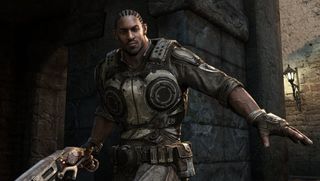
Above: Seriously, who the hell are you?
Yes, I know a bunch of these guys are characters from the Gears novels and comics making their full game debuts, and as such are probably pretty important to the insanely hardcore fans who absolutely must soak up every bit of Gears media they can lay their hands on. To everyone else though, they’re new faces, and the necessity for so damn many of them in order to accomodate the mechanical structure of combining gameplay with plot means that very few of them rise above the level of non-entities. And that is exacerbated by the fact that Gears 3's writing assumes so much audience knowledge via different media that it doesn't bother characterising any of them. So they just end up diluting the mix.
We’re told that Jace is ballsy and has the respect of Marcus, but do we see any evidence of this? Does he say or do anything that makes us feel that he’s a part of this world, and a person who matters? No, we do not. Similarly, while made out to be a big deal by their playable inclusion for the first time, female Gears Anya and Sam are so lost amongst by the maelstrom cast-list that their appearance actually does them a disservice.
Anya was a much stronger presence when she was separated from the team, her relationship with Delta Squad actually far more intimately felt through the use of understatement and distance. Now though, she and Sam are pretty much interchangeable, their only notable differences being that one has an unspoken relationship with Marcus while the other has a thing going on with Baird. And frankly, their reduction to generic female trophy characters is actually more demeaning than empowering, as the inclusion of female Gears was surely intended to be.
